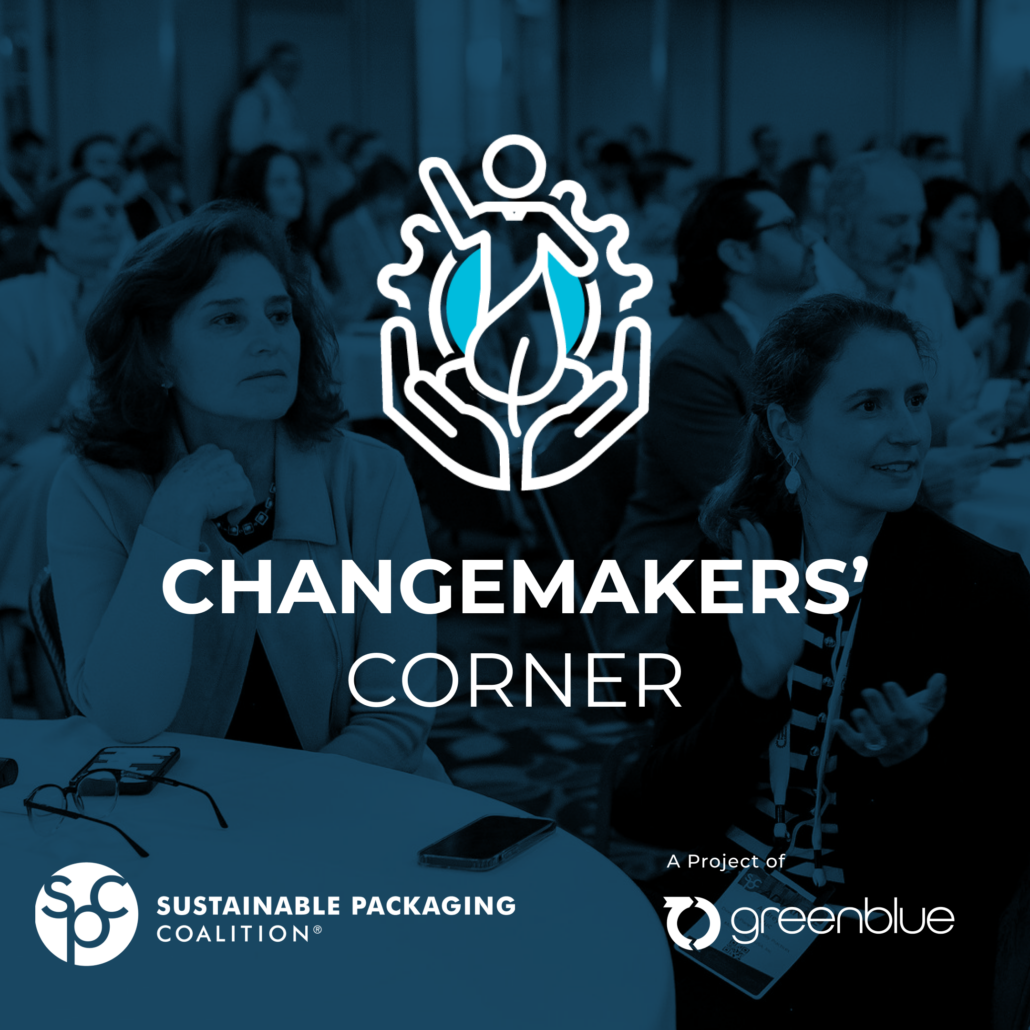In the conversation around what technologies can be considered recycling, yet another term has entered the mix: biorecycling. What is biorecycling? A quick google search may tell you that biorecycling involves adding particles from waste plastic to tattoo ink so that those particles can be broken down by the human body – an original concept for sure, but since no new product comes out of this process, it’s a stretch to call it recycling.
The more commonly accepted usage of the word biorecycling is as a synonym for enzymatic degradation. Enzymatic degradation is a kind of depolymerization process, which falls under the larger umbrella of chemical or molecular recycling.
So what is depolymerization? Firstly, polymerization is linking molecular units called monomers together to form long chains. Depolymerization sounds like the exact opposite of polymerization, and it often is, but not always. Depolymerization includes processes that break polymer chains back down to the original monomers and also processes that result in shorter molecular fragments that are not the same as the original monomers.
The easiest polymers to depolymerize are those that contain carbon-oxygen or carbon-nitrogen bonds in the polymer backbone, such as polyesters, polyamides, and polyurethanes. The carbon-oxygen or carbon-nitrogen bonds in these polymers are naturally susceptible to reacting with other chemicals they come in contact with. Under the conditions where these materials are used on an everyday basis, however, this type of reaction is extremely slow.
To employ depolymerization as a method of recycling plastics, these bond-breaking reactions have to be sped up dramatically, and speed can be achieved by using heat, using a chemical catalyst like an acid or base, or using a biological catalyst, also known as an enzyme.
Enzymes are known for being extremely selective and efficient. In the field of synthetic biology, scientists aim to harness enzymatic activity to build molecules that would be challenging to make using traditional synthetic chemistry methods, and scientists can employ enzymes in a similar way to deconstruct molecules.
Working with enzymes comes with its own challenges, however. Enzymes have had all of evolutionary history to specialize to their own particular roles in organisms, so adapting enzymes to serve human purposes takes significant time and effort. At least as far back as the 1970s there were reports in the scientific literature of enzymes that could partially degrade or depolymerize synthetic polymers, but these were specialty polymers and the degradation efficiencies were low. Enzymes were identified that could depolymerize certain polyesters, but the downside of enzyme specificity meant that even these enzymes could not depolymerize polyethylene terephthalate (PET) despite the linkage containing the carbon-oxygen bond (the ester) being the same.
In 2016, a discovery made by a group of researchers in Japan generated a frenzy in the press about plastic-eating bacteria and launched a new era of biorecycling. Analyzing the soil near a bottle manufacturing facility, these researchers found a type of bacteria that contained a pair of enzymes that could depolymerize PET. The bacteria were found to be capable of almost completely degrading a PET sample in six weeks, a major milestone but still much too slow for a scalable recycling technology. Since then, researchers have been studying this enzyme pair (called PETase and MHETase), screening other enzymes for PET degradation capabilities, and altering the enzymes for improved speed and stability.
So where does biorecycling or enzymatic depolymerization stand today? Is it the solution to all our plastic problems? In addition to enzymes requiring intensive research efforts to adapt them for the jobs we want them to do, they are also costly and rather delicate compared to traditional chemical reagents. Only one company, Carbios, is currently scaling a biorecycling process, which speaks to the challenges of this approach. And although biorecycling could apply to a range of polymer types, today it is largely focused on PET. Carbios did previously conduct research on enzymatic recycling of polylactic acid (PLA) and has mentioned possible future investigation of enzymes that could break down other polymers. At least one other chemical recycling technology company was founded on the concept of biorecycling but later pivoted to a chemical approach as being more feasible for recycling their target input, waste polyethylene.
Still, we continue to see innovation and investment in biorecycling, and persistence with biorecycling technologies may yet pay off.
A recent analysis of the technical, economic, and environmental performance of plastic recycling technologies laid out the strengths and weaknesses of enzymatic recycling of PET compared to other chemical recycling approaches, mechanical recycling, and virgin production. Current technology for PET biorecycling performs well on technical metrics such as quality of the output and robustness to contamination (from other types of plastics as well as non-plastic contaminants like biomass and metal). However, it performs worse than the alternatives on environmental metrics such as waste generation, toxicity, and water use. Taking these trade-offs into account, the analysis concludes that enzymatic recycling is the most suitable technology available today to recycle heavily contaminated PET when high-quality output is a priority.
We need to continue to improve the capabilities of biorecycling and evaluate how it best fits into a circular system for plastics. The same technical, economic, and environmental analysis points to a number of opportunities for optimizing enzymatic depolymerization of PET specifically, and also calls out actions like switching to renewable energy that would improve environmental performance not just of biorecycling but of recycling technologies across the board.
Biorecycling by itself isn’t the answer to plastic waste – rather, we should consider how it can play a role in bolstering larger systems of plastic sustainability and circularity. There will never be a single solution to plastic waste, but biorecycling is a promising tool to have in our toolbox.





